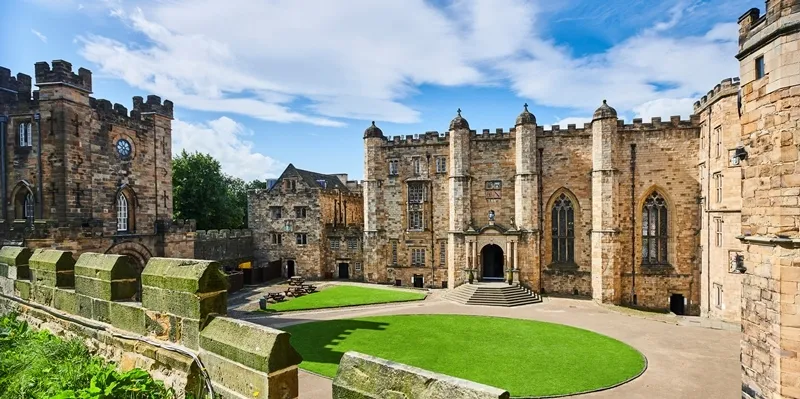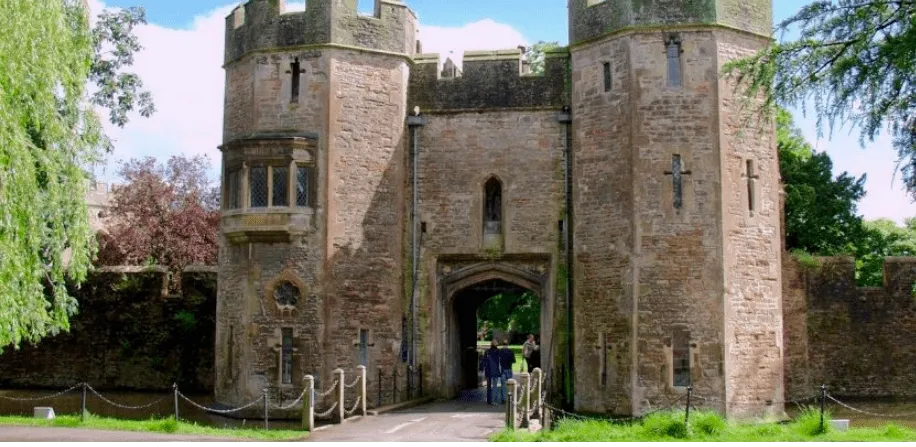What is a castle?
Essentially, castles were built primarily as strongholds against the possibility of invaders. The castles that we often think about today, built on a hill, with thick stone walls, were first introduced to Britain after 1066, when William the Conqueror defeated Harold at the Battle of Hastings.
To show off his power, William built the first castle in Hastings in 1067, sparking a proliferation of castles in strategic positions all over England and Wales - around 1,000 in fact. A typical Norman castle incorporated a motte and bailey - a stone keep built on raised ground (the motte), surrounded by a walled courtyard (the bailey) and a ditch or palisade (fence).
During the later Middle Ages, castles became much more lavish with huge windows and grand rooms for the family to live in and entertain.

What is a hillfort?
Before castles, there were hillforts. Their origins date back to prehistoric times - in fact, there are around 1,200 hillforts in England today, with the earliest dating to 900BC.
As well as providing protection from aggressors, these early fortifications were constructed to provide shelter for animals and crops, and were often safe places for hiding treasures too. They were places where communities could live, thrive and enjoy life. The addition of ramparts and ditches would create further barriers to intruders.
Early hillforts were built out of timber, but from around the 2nd century AD, during the Roman occupation of Britain, timber was replaced with stone to provide further protection. The most impressive Roman fortification in Britain today is Hadrian's Wall, stretching 73 miles from east to west. Along the length a system of milecastles and turrets were incorporated to create multiple observation points.
What is a palace?
Today we associate palaces with royal families or heads of state - grand and opulent residences filled with incredible treasures and collections, providing a private home for the family and their staff, along with a fleet of public rooms for entertaining and administration. They are representations of wealth and status, designed for show, rather than providing protection from potential invaders.
However from the early 13th century 'palace' was the name given to the bishop's residence, one of the first being The Bishop's Palace in Wells. Built by Jocelin, Bishop of Bath and Wells, in 1220, the palace was a reflection of his dignified position. Bishops' palaces were built within the grounds of the cathedral, and confusingly can look similar to our idea of castles...
Other bishops' palaces of note around the UK include Lincoln Medieval Bishop's Palace, Bromley Palace, and Bishop's Waltham Palace, which is a ruin and cared for by English Heritage.
